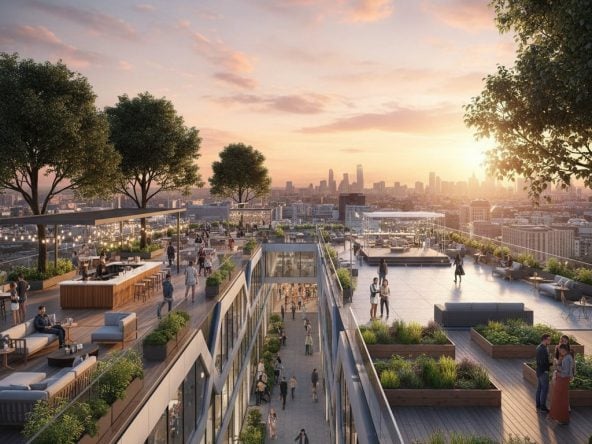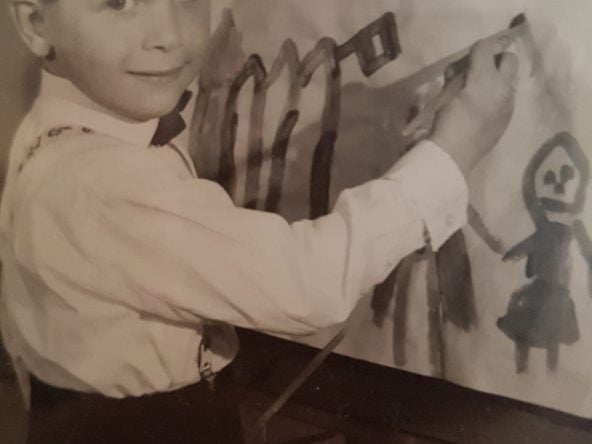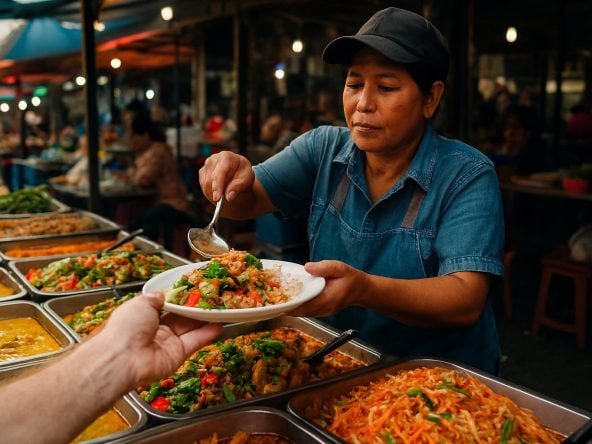History
The area that is now considered Pattaya was recognized at the very beginning of Thai history during the siege of the Siamese capital city of Ayutthaya by the Burmese. Phraya Taksin, the Great King of History
The area now known as Pattaya has roots deep in Thai history. During the siege of Ayutthaya by the Burmese, Phraya Taksin, the Great King of Thonburi, camped near Naklua while rallying troops to repel the invaders. He later joined forces with Thailand’s future King Rama I to defeat Burma’s army.
Until the 1950s, the coastline between Si Racha and Sattahip was little more than a string of fishing villages. Pattaya Bay, with its calm waters and natural protection from two headlands, was valued for its safety. The northern end, Na Kluea — meaning “salt fields” — was once a hub for sea salt production.
The bay’s strategic location also attracted the US military during the Vietnam War. With the Thai Navy Base at Sattahip and the US‑developed U‑Tapao Air Base nearby, the 1970s saw an influx of servicemen on R&R. Pattaya’s “party town” reputation began here, but today the city appeals to a far broader audience.
Visitors now arrive year‑round for beaches, shopping, golf, and world‑class dining. Pattaya boasts luxury malls, five‑star hotels, spas, cinemas, festivals, sporting events, and nightlife to rival destinations like Ibiza and Miami. For a deeper look at how the city has evolved, see Pattaya: The Clear‑Cut Choice for Expats on Thailand’s Eastern Seaboard.
Climate
Pattaya enjoys a tropical climate with three distinct seasons:
- Cool Season (Nov–Feb) — 25–30 °C, lower humidity, peak tourist period.
- Hot Season (Mar–Jun) — Temperatures can reach 40 °C with high humidity.
- Rainy Season (May–Oct) — Frequent showers and thunderstorms.
Lifestyle
The cost of living in Pattaya is less than half that of most Western countries. Long‑term visas make it attractive for retirees, while singles, couples, and families enjoy its “something‑for‑everyone” appeal. Golf courses, marinas, water parks, international schools, universities, and modern hospitals ensure residents can stay active and well‑cared‑for.
Accessibility
Pattaya is easier to reach than ever:
- By Air — Suvarnabhumi International Airport (Bangkok) is ~1 hour away; U‑Tapao International Airport (Rayong) is ~40 minutes and expanding rapidly.
- By Car — 90 minutes to 2 hours from Bangkok via Motorway 7 or Bangna‑Trad Expressway.
- By Bus — Three main bus terminals serve Bangkok and other Gulf Coast cities.
- Local Transport — Baht buses, motorbike taxis, Grab, Bolt, and metered taxis (negotiated fares).
A high‑speed rail link connecting Bangkok’s two airports with U‑Tapao — via Pattaya — is in development and expected to cut travel time from Bangkok to 30 minutes.
Beaches
Water quality along the Gulf Coast has improved significantly in the past decade, thanks to upgraded drainage and wastewater systems. Ongoing beach reclamation projects are enhancing the coastline.
- Wongamat Beach (Naklua) — Exclusive, quieter, home to the Sanctuary of Truth and upscale hotels.
- Pattaya Beach — Lively, lined with hotels, restaurants, and Central Festival mall; Walking Street is undergoing a major facelift.
- Jomtien Beach — Shaded, family‑friendly, with a relaxed vibe and a new footpath linking to Na Jomtien.
- Na Jomtien Beach — Smaller, scenic, known for seafood dining at The Glass House and The Cave.
Sports
From kitesurfing and paddleboarding to golf, motorsports, and equestrian activities, Pattaya offers outdoor sports for every interest. Golf, in particular, is a highlight, with dozens of world‑class courses offering some of Asia’s lowest green fees.
Shopping
Pattaya’s retail scene has transformed:
- Central Festival — International brands, diverse dining, and modern cinemas.
- Terminal 21 — Themed shopping experience with global architecture and photo‑worthy décor.
- Royal Garden Plaza — Long‑standing mall with sea‑view dining.
- Markets — Thepprasit Night Market and Buakhao Market for bargain hunters.
Security
Like any popular tourist destination, Pattaya has its share of crime — mostly petty incidents around major tourist attractions. The local Tourist Police operate independently, offering multilingual assistance, most notably in English.
Many visitors choose to rent motorbikes or cars to explore the city. It’s important to understand local traffic dynamics:
- Some drivers may be unfamiliar with their vehicles.
- Driving on the left side of the road can be new for many.
- Navigating unfamiliar streets adds to the challenge.
To stay safe, drive defensively and consider using ride‑hailing services like Grab or Bolt to reduce stress.
Media
Pattaya has a variety of English‑language news outlets to keep residents and visitors informed, including:
- Pattaya Mail
- Pattaya People
- Pattaya Today
For German speakers, Pattaya Blatt and Farang provide local news and features. Long‑standing magazines like Discover Pattaya and REM Thai cover events, developments, and lifestyle stories from across the Eastern Seaboard.
Local Thai television offers both domestic programming and many foreign channels. Cable and satellite providers deliver a wide range of content, while high‑speed fibre‑optic internet is available in most areas — making it easy to stay connected.
Inspired by: Mr. KC Cuijpers
For more information: Please contact Town & Country Property – [email protected]




